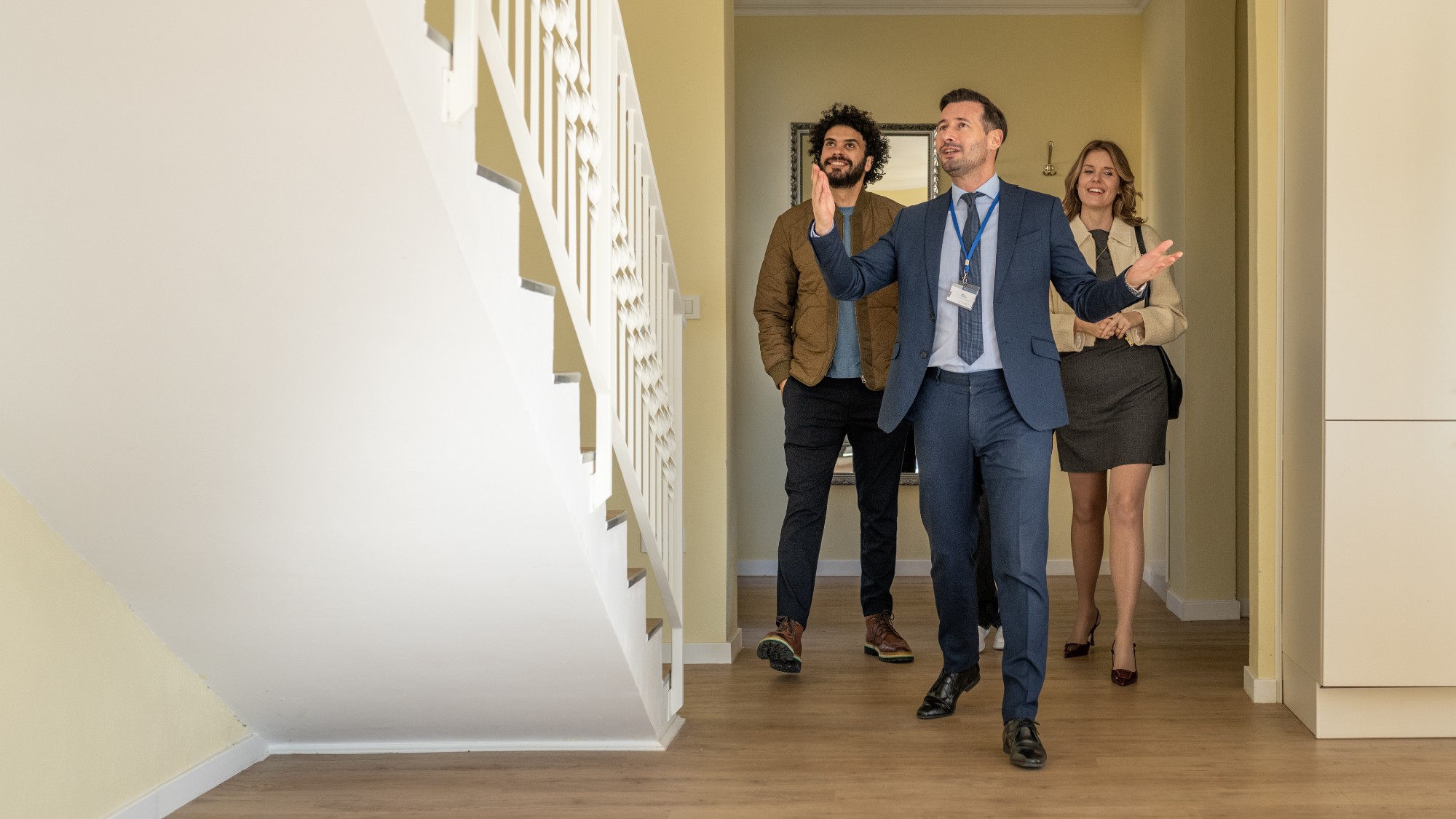The invisible plague of American cops killing mentally ill teens
If this is what happens when police follow protocol, then perhaps protocol is part of the problem?

Joseph Jennings' seizures had been getting worse. On August 21, the Ottawa, Kan., teen — who also suffered from anxiety and depression — posted a goodbye to family and friends on Facebook and attempted to overdose on pills. His family was able to intervene, getting Jennings to a hospital in time to save his life. But just two days later, Jennings got his death wish, in the form of barrage of bullets from local and county cops.
The police were responding to a call: There was a man with a gun in the parking lot of Orscheln Farm and Home store, near the house where Jennings lived with his aunt and uncle. A team of cops, including a few who had helped during his suicide attempt, arrived to find Jennings pacing the parking lot. No gun was readily apparent, according to his aunt Brandy Smith.
Smith had been at the house with Jennings since his release from the psychiatric hospital a few hours earlier. If Jennings had a gun, it had to be a BB gun, she informed police at the scene. "I told them that's Joseph Jennings, he's suicidal, he's upset, don't shoot him," said Smith in a local news broadcast. "My husband was going to tackle him. He was within arm's reach. They said to get back, or they were going to shoot him."
The Week
Escape your echo chamber. Get the facts behind the news, plus analysis from multiple perspectives.

Sign up for The Week's Free Newsletters
From our morning news briefing to a weekly Good News Newsletter, get the best of The Week delivered directly to your inbox.
From our morning news briefing to a weekly Good News Newsletter, get the best of The Week delivered directly to your inbox.
After that, "the cop yelled out, 'bag him,' then three shots were fired with the [bean] bags," Smith said. The cops soon switched to real bullets. Smith isn't sure — and the cops aren't saying — what prompted officers to open fire, nor will they say how many shots were fired, how many times Jennings was hit, or whether he ever had a gun.
But what the Ottawa police did say is both typical and chilling: The officers who shot Jennings "reacted based upon the training that they've been given from the academy."
It's a response similar to the one we heard from St. Louis police earlier this month, after officers seemed to needlessly kill a mentally disturbed 25-year-old who had stolen an energy drink and was carrying a small knife at his side. Similar, too, were the circumstances around the January shooting of Keith Vidal, an unarmed 18-year-old killed by cops after his parents called them for help subduing their son during a schizophrenic episode. If this is what happens when police follow protocol, then perhaps protocol is part of the problem?
No, we cannot know what really happened in all or any of these cases. But too many unarmed individuals (or minimally armed — think screwdriver, cordless drill, butter knife) have been killed by cops, under circumstances that strongly suggest nonlethal tactics could have been employed. Mental health advocates and those who've lost family members to cops have been speaking out about the need to better equip police departments to handle mentally ill individuals, either by training officers or having more mental health clinicians on hand as first responders.
A free daily email with the biggest news stories of the day – and the best features from TheWeek.com
"Traditional law enforcement tactics are rooted in logic, in reasoning — and in issuing commands for someone to comply so that we can make the situation safe right now by taking a person into custody," said Attila Denes, a police captain of Douglas County, Texas. "But barking orders at a person with serious mental illness doesn't work."
Police may be coming in contact with mentally ill individuals increasingly often, as mental and behavioral health care services have been shrinking. But when it comes to responding to "emotionally disturbed persons," as the NYPD would say, training levels and types vary greatly around the country.
That does provide an opening, though, for improvement. About 2,000 communities have implemented what's known as the "crisis intervention team" (CIT) model, a program designed to help officers engage with people with behavioral disorders. There is evidence it can increase the likelihood of an incident's ending with an individual's being transported to health or social services rather than being arrested. It may also "reduce the use of force toward individuals with psychotic disorder." Requiring or encouraging this training might be one important policy change.
If there's anything the events in Ferguson last month brought to light, it's that we have a policing problem in this country. There's just no excuse for how many seemingly defusable encounters end with the use of lethal force. Some blame the growing "militarization" of U.S. police. Others say the root cause is racism, conscious and unconscious, individual and systemic. I'd like to add that our inability to recognize and respond appropriately to mental illness is also worth investigating. But no matter which of these ills we're examining, we come back to a fundamental disconnect between how your average American sees the role of community police and how these police see themselves.
We think cops can be called in to defuse situations — to calmly handle public disturbances, investigate suspicious activity, keep the streets safe, even help get a daughter having a manic episode to the hospital or subdue a son threatening suicide. But many cops seem to see themselves largely as drug warriors and fee collectors, keeping peace by instilling fear and using force. To refuse to be randomly interrogated, produce ID, etc. can be constitutional, and yet it is too often treated by police as an invitation for detention, arrest, or violence. Tasers and guns are tactics of first resort for anyone deemed even potentially a threat.
"I understand the need to take care of a situation," Smith said in an interview with FireDogLake about her nephew's death. But she feels she and her husband could have saved Jennings' life if police "would've just known and had the training to allow us. … We need to stand up and help these police officers to get the knowledge and training they need to … help them not shoot and ask questions later."
It may sound simplistic: We need a police force trained not to shoot first. And perhaps it has always been something of a pipe dream — but it seems to be becoming more of one.
Elizabeth Nolan Brown is a staff editor for Reason.com, where she covers issues related to reproductive rights, free speech, food policy, millennials, sex work, and criminal justice. She previously wrote about health, nutrition, and current events for Bustle and other women's websites and for AARP publications.
-
 Do you have to pay taxes on student loan forgiveness?
Do you have to pay taxes on student loan forgiveness?The Explainer As of 2026, some loan borrowers may face a sizable tax bill
-
 Planning a move? Here are the steps to take next.
Planning a move? Here are the steps to take next.the explainer Stay organized and on budget
-
 What should you look out for when buying a house?
What should you look out for when buying a house?The Explainer Avoid a case of buyer’s remorse